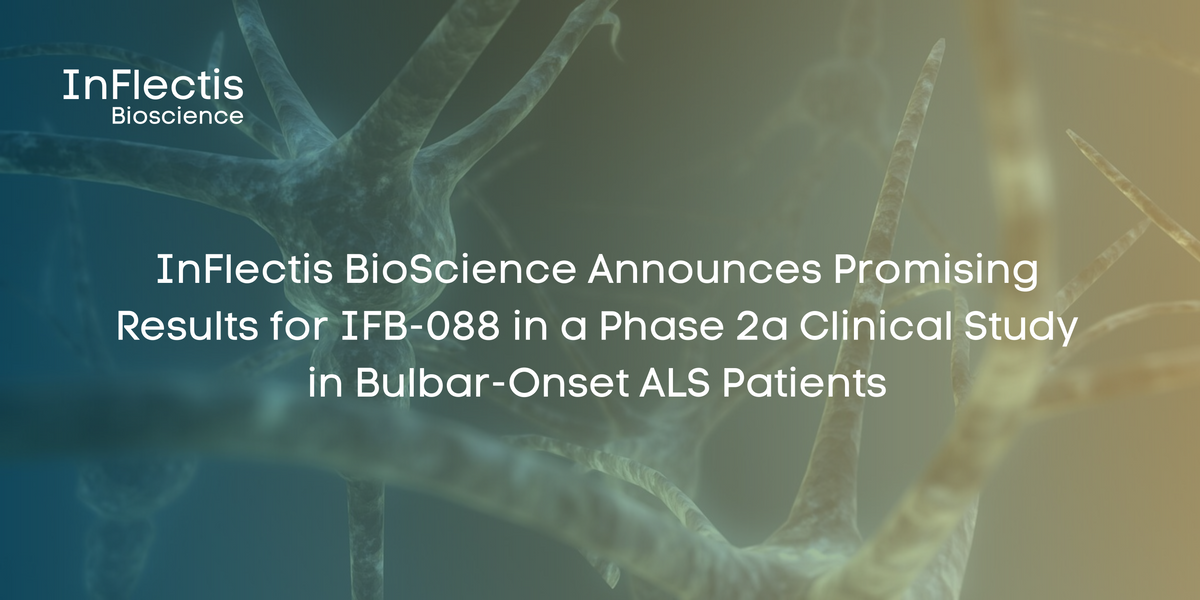Promising ALS Treatment Shows Positive Safety and Efficacy Signals in Phase 2a Clinical Study

Summary
Full Article
A new drug candidate, IFB-088, has shown promising initial results in treating bulbar-onset amyotrophic lateral sclerosis (ALS), according to a recent phase 2a clinical study by InFlectis BioScience. The randomized, double-blind, placebo-controlled trial evaluated the safety and potential efficacy of the drug in 51 patients with this severe form of ALS.
The primary objective of demonstrating IFB-088's safety was successfully met, with the drug proving well-tolerated across the patient group. Beyond safety, the study revealed potentially significant clinical benefits. Patients treated with IFB-088 experienced a slower functional decline compared to the placebo group, as measured by standard ALS progression scales.
In the per-protocol population, patients receiving IFB-088 showed a monthly functional decline of -0.95 points on the ALSFRS scale, compared to -1.42 points in the placebo group. This difference suggests the drug might help slow ALS progression, a critical unmet medical need for patients with this devastating neurological condition.
The study also provided important insights into the drug's mechanism of action. Biomarker assessments confirmed that IFB-088 engaged the integrated stress response and oxidative stress pathways, potentially addressing underlying disease mechanisms. Researchers observed effects on critical pathological processes including TDP-43 mis-localization, neurodegeneration, and inflammation.
Bulbar-onset ALS, which affects approximately 30% of ALS patients, is characterized by rapid progression and typically results in death within 26 months of symptom onset. The limited treatment options make this research particularly significant for patients and clinicians.
While the results are preliminary, they represent an important step in developing potential disease-modifying treatments for ALS. The company is now seeking global partners to advance IFB-088 into pivotal studies and potentially bring a new therapeutic option to patients.

This story is based on an article that was registered on the blockchain. The original source content used for this article is located at Reportable
Article Control ID: 36908